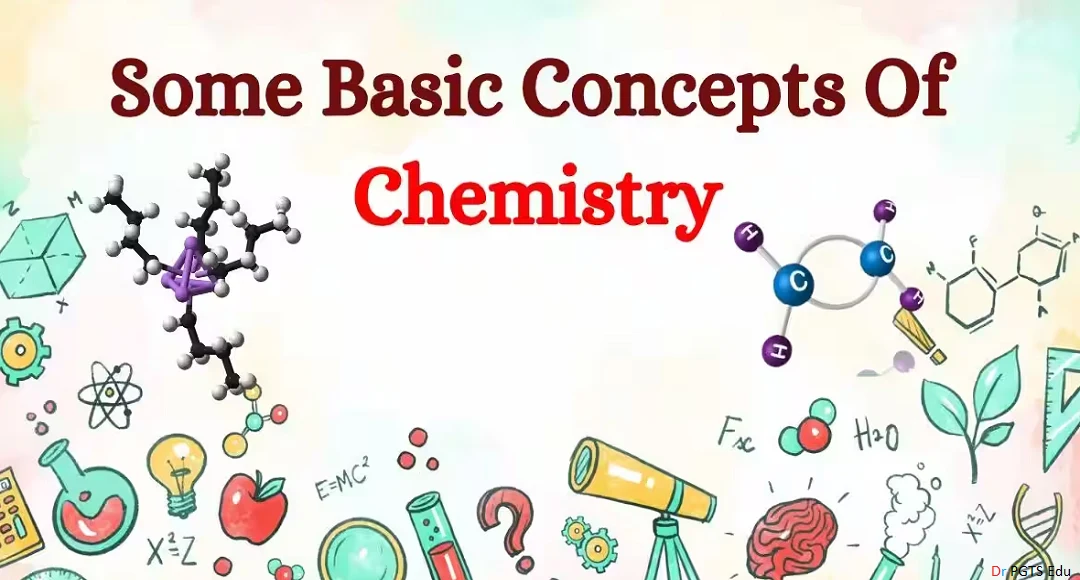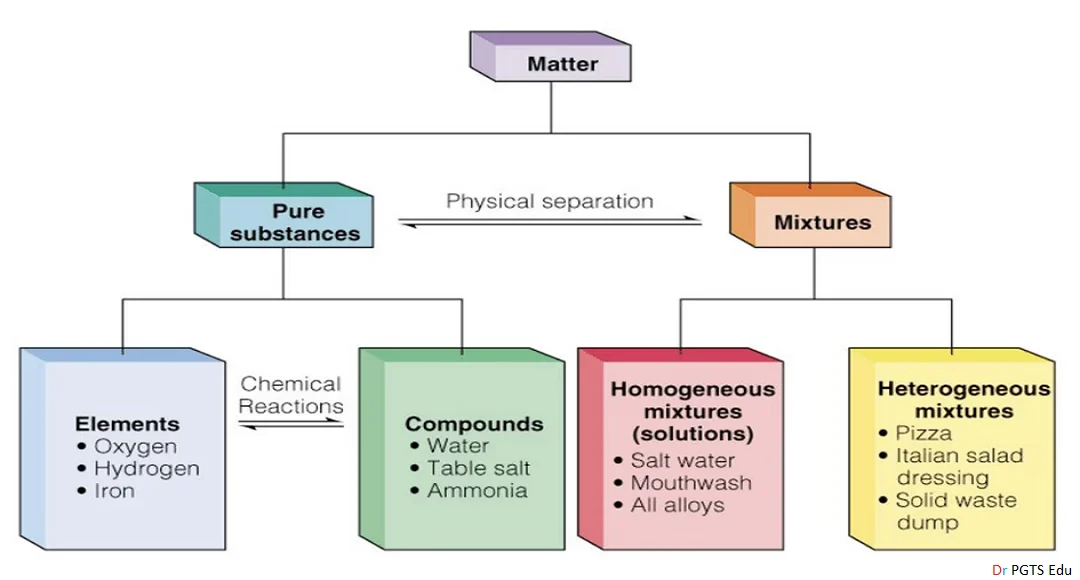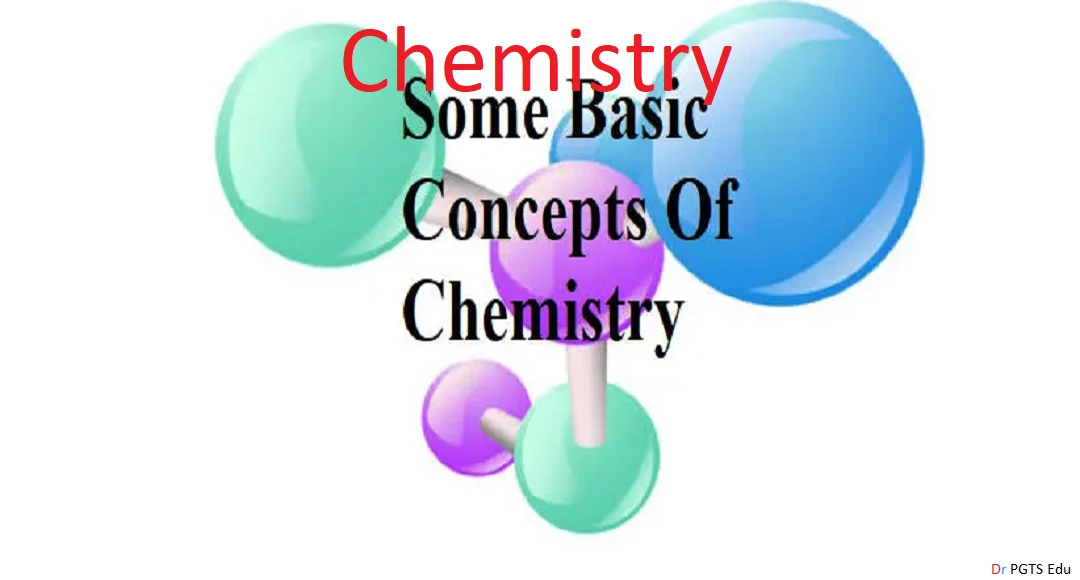Chemistry can be a scoring subject, especially if you understand the basics well. Class 11 students often struggle with fundamental concepts at the beginning, but if you’re preparing smartly, those 1-mark questions can be your secret weapon for boosting your score. In this blog post, we’ll cover 20 important basic concepts of Chemistry for Class 11, explained in short, one-mark answer format — ideal for quick revisions and last-minute preparations.
Whether you’re appearing for CBSE, ICSE, or State Boards, these questions are aligned with the NCERT Class 11 Chemistry syllabus and are perfect for both MCQs and 1-mark written answers. Bookmark this post and refer to it before every Chemistry test!

🔬 20 Basic Concepts of Chemistry – 1 Mark Questions & Answers
| Sl. No. | Question | Answer (1 Mark Format) |
|---|---|---|
| 1 | Define atomic number. | Number of protons in the nucleus of an atom. |
| 2 | What is Avogadro’s number? | 6.022 × 10²³ particles/mol. |
| 3 | What is the SI unit of molar mass? | Kilogram per mole (kg/mol). |
| 4 | Define relative atomic mass. | Ratio of average mass of atoms to 1/12 of carbon-12 atom. |
| 5 | What is a mole? | Amount of substance containing Avogadro’s number of particles. |
| 6 | Define empirical formula. | Formula showing simplest whole-number ratio of atoms. |
| 7 | Name the law: “Mass can neither be created nor destroyed.” | Law of Conservation of Mass. |
| 8 | What is an isotope? | Atoms of same element with different mass numbers. |
| 9 | What is the atomicity of phosphorus? | 4. |
| 10 | What is the value of Planck’s constant (h)? | 6.626 × 10⁻³⁴ Js. |
| 11 | Define molar volume. | Volume occupied by one mole of gas at STP (22.4 L). |
| 12 | What is the oxidation state of oxygen in H₂O? | -2. |
| 13 | What is the formula of ammonium nitrate? | NH₄NO₃. |
| 14 | Define isobar. | Atoms with same mass number but different atomic numbers. |
| 15 | What is meant by limiting reagent? | Reactant that gets consumed first in a chemical reaction. |
| 16 | What is the shape of s orbital? | Spherical. |
| 17 | What is the maximum number of electrons in an orbital? | 2 electrons. |
| 18 | Name the quantum number that defines shape of orbital. | Azimuthal quantum number (l). |
| 19 | What is the value of R in ideal gas equation? | 8.314 J/mol·K. |
| 20 | What is meant by stoichiometry? | Calculation of reactants and products in a chemical reaction. |
📘 Why 1-Mark Questions Matter in Class 11 Chemistry
Class 11 Chemistry can be tough because it lays the foundation for Class 12 and competitive exams like NEET and JEE. One-mark questions test your conceptual clarity, and scoring full marks here can significantly impact your overall performance. They often appear in:
MCQs
Fill in the blanks
Match the following
Very short answer questions

Preparing these short answers helps in:
Quick revisions
Better retention
Time management in exams
Conceptual understanding
🧠 Tips to Master 1-Mark Chemistry Questions
Revise NCERT line by line – most 1-mark questions are picked directly from NCERT.
Make flashcards of definitions, formulas, and constants.
Practice past year question papers for Class 11.
Use mnemonics for series and laws.
Test yourself daily with 5–10 one-mark questions.
Mastering Chemistry doesn’t require memorizing long answers — it’s about understanding key concepts clearly. These 20 essential one-mark Q&As will help you build confidence, save time, and score more in every test. The more you practice, the better you get at cracking Chemistry — in seconds
Read also: Secrets to scoring high in ugc net exam expert tips study plan
Operational research the secret weapon behind smart decision making

